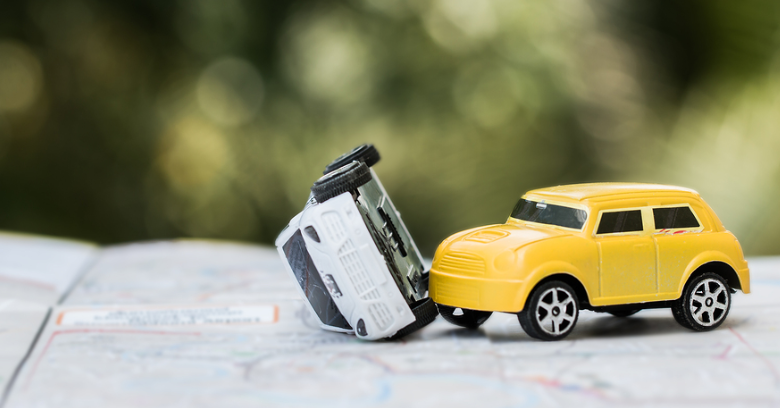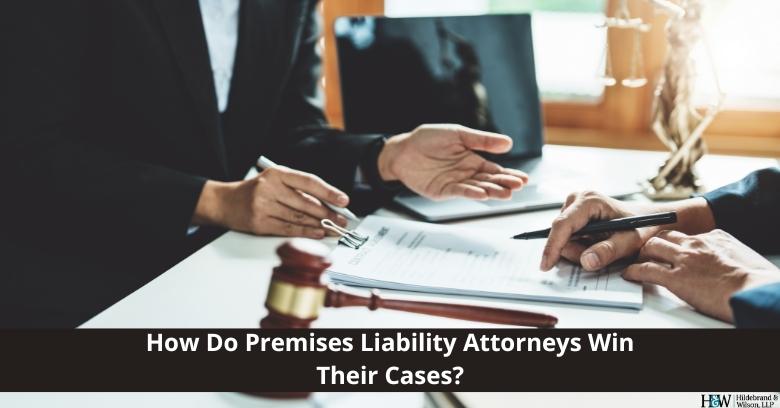
Distracted driving causes car accidents and comes in many forms, from texting while driving to falling asleep at the wheel.
Another form of distraction that can cause accidents requiring assistance from attorneys who concentrate on handling car accidents is rubbernecking.
These law firms have found that rubbernecking at a previous accident while driving can have far-reaching consequences that result in even more accidents and may lead to a massive chain reaction.
What is Rubbernecking?
As identified by both the NHTSA and psychological experts, rubbernecking is when a driver switches their concentration from their own driving to what is going on with some other event happening on the roadway like a car accident, vehicles pulled over at the side of the road, etc.2
Merriam-Webster Dictionary defines rubbernecking as "to look about or stare with exaggerated curiosity" with a sentence example of "drivers passing the accident slowed down to rubberneck."4
During these critical moments, car accident attorneys point out that rubbernecking drivers forget about their own driving and can unintentionally cause new crashes.
Rubbernecking - A Significant Form of Distracted Driving
According to the NHTSA, distracted driving is a significant cause of car accidents and a contributor in nearly 3,500 traffic fatalities per year.1
Rubbernecking is a form of distracted driving that can increase the incidence of accidents, especially rear-end collisions.
It is especially dangerous when drivers traveling in the opposite direction of the incident engage in rubbernecking.2
What Impact Does Rubbernecking Have on Freeway Traffic?
Car accident law firms find that the biggest concern many times with rubbernecking is that it leads to increased traffic congestion because it slows down the passage of traffic.
While it’s expected that drivers will have to slow down to pass an accident in the active lane, many drivers traveling in the opposite direction of the crash will slow down and look unnecessarily, creating an unexpected chain reaction of traffic having to slow down behind them.
Worse yet, available research on the topic indicates that opposite lane rubbernecking can slow traffic in those lanes completely unrelated to the accident anywhere from 12% to 50%.2
It can actually be more dangerous to be driving in the opposite lanes and unexpectedly come upon a traffic jam where there was no actual accident interfering with the flow of traffic.3
In either case, the slowing of traffic and resultant rapid braking chain reaction frequently results in more accidents which snowballs until the original traffic incident is cleared.
Avoid Rubbernecking to Avoid Car Accidents
Attorneys who handle car accidents stress the importance of drivers paying careful attention to their driving, especially when passing in the vicinity of car accident scenes.
As interesting as it may seem, rubbernecking is a frequent cause of additional unexpected accidents when drivers let their focus shift to what is going on with an active crash scene and don't consider what is happening with their own car for those few moments.
Avoiding rear-end crashes and needing assistance from a car accident law firm involves staying attentive and keeping up with traffic while passing an accident without letting it become a dangerous distraction!
Hildebrand & Wilson, Attorneys at Law
7930 Broadway, Suite 122
Pearland TX 77581
(281) 223-1666
1U.S. Department of Transportation, National Highway Traffic Safety Administration, Traffic Safety Facts Research Note, 2016 Fatal Motor Vehicle Crashes: Overview, October 2017
2U.S. Department f Transportation, National Highway Traffic Safety Administration: The Economic and Societal Impact Of Motor Vehicle Crashes, 2010, May 2014
3Scientific Research Publishing, Journal of Transportation Technologies: The Impact of Rubbernecking on Urban Freeway Traffic, October 2013
4Merriam-Webster Dictionary Online, 2019





